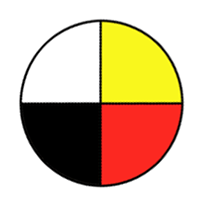Explain how understanding differences between states of matter and the effect of heat on changes in state provide evidence for the particle theory.
SI
| (a) |
Provide examples from daily life that illustrate the effects of heating and cooling on solids, liquids, and gases. |
| (b) |
Conduct experiments to determine the effects of changes in temperature on solids, liquids, and gases. |
| (c) |
Construct and label a heating curve for water, using student-collected data, indicating states of matter and changes of state. |
| (d) |
Create a visual or dramatic representation to explain changes of state of matter (e.g., melting, freezing, evaporation, condensation, and sublimation) according to the particle model of matter. |
| (e) |
Choose appropriate instruments (e.g. alcohol thermometer, temperature probe, and thermocouple) and use them safely, effectively, and accurately for collecting temperature data when investigating states of matter and changes of state. |
| (f) |
Trace the historical development of different scales (e.g., Kelvin, Celsius, Fahrenheit, and Rankine) and instruments used to measure temperature (e.g., liquid-in-glass thermometers, bi-metallic strips, digital thermometers, liquid crystal thermometers, thermocouples, and computer sensors) and discuss the need for standardized measurements of temperature. |
| (g) |
Distinguish between heat and temperature using the concept of kinetic energy and the particle model of matter. |
| (h) |
Explain how evidence gathered while investigating states of matter and changes in states of matter supports or refutes the particle theory of matter. |





